Expósito A, Escobar H, Tamayo A, González JS
Acta Médica. 2021; Vol. 22, No. 3
 La mastoplastia de aumento es uno de los procedimientos de cirugía plástica más comunes en aquellas mujeres que no están satisfechas con el tamaño de sus mamas. Fue el cirujano plástico Hoeler,quien en el año 1973 realizó el primer aumento mamario por vía axilar. La ausencia de cicatrices en la región mamaria y el mejor control en el posicionamiento del surco inframamario están entre las principales ventajas de esta técnica quirúrgica. El objetivo del estudio fue valorar los resultados de la mastoplastia de aumento por vía axilar sin endoscopio.
La mastoplastia de aumento es uno de los procedimientos de cirugía plástica más comunes en aquellas mujeres que no están satisfechas con el tamaño de sus mamas. Fue el cirujano plástico Hoeler,quien en el año 1973 realizó el primer aumento mamario por vía axilar. La ausencia de cicatrices en la región mamaria y el mejor control en el posicionamiento del surco inframamario están entre las principales ventajas de esta técnica quirúrgica. El objetivo del estudio fue valorar los resultados de la mastoplastia de aumento por vía axilar sin endoscopio.
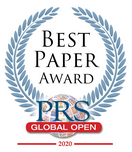
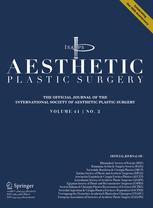 Breast implant-associated anaplastic large cell lymphoma (BIA-ALCL) is an uncommon T-cell, CD-30+/ALK lymphoma. Late (9 years) periprosthetic fluid (seroma) is the most common presentation (90% of the cases). A combination of textured breast implant, bacterial contamination, and genetic predisposition seems to be necessary for BIA-ALCL to occur. There are 35 million patients with implants in the world, and at the present moment, 573 cases of BIA-ALCL have been reported.
Breast implant-associated anaplastic large cell lymphoma (BIA-ALCL) is an uncommon T-cell, CD-30+/ALK lymphoma. Late (9 years) periprosthetic fluid (seroma) is the most common presentation (90% of the cases). A combination of textured breast implant, bacterial contamination, and genetic predisposition seems to be necessary for BIA-ALCL to occur. There are 35 million patients with implants in the world, and at the present moment, 573 cases of BIA-ALCL have been reported.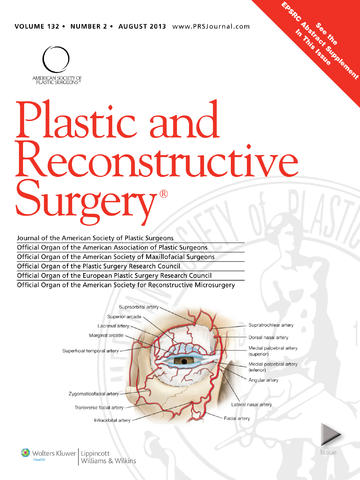
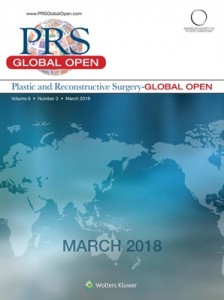
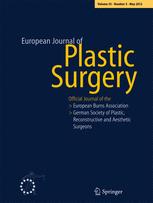 A patient’s perspective is usually measured by patient-reported outcome instruments, which are becoming increasingly relevant to current research on clinical outcomes. The aims of our review were to identify studies that evaluated patient satisfaction after gynecomastia correction, analyze existing questionnaires, and summarize the development, psychometric properties and content of the questionnaires.
A patient’s perspective is usually measured by patient-reported outcome instruments, which are becoming increasingly relevant to current research on clinical outcomes. The aims of our review were to identify studies that evaluated patient satisfaction after gynecomastia correction, analyze existing questionnaires, and summarize the development, psychometric properties and content of the questionnaires.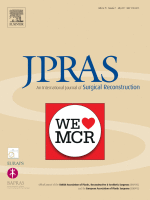 Implant infections in the setting of breast reconstruction present a significant setback for patients with breast cancer. Traditional management of implant infections is predicated on the operative removal of the implant and delayed replacement. Another option for implant infection management has emerged in which the soft tissue infection is neutralized, the implant is removed, the surgical site is washed out, and a new implant replaced immediately. In this study, we present our findings with the implementation of this technique and an algorithm for choosing which patients are the most appropriate candidates on the basis of a retrospective review.
Implant infections in the setting of breast reconstruction present a significant setback for patients with breast cancer. Traditional management of implant infections is predicated on the operative removal of the implant and delayed replacement. Another option for implant infection management has emerged in which the soft tissue infection is neutralized, the implant is removed, the surgical site is washed out, and a new implant replaced immediately. In this study, we present our findings with the implementation of this technique and an algorithm for choosing which patients are the most appropriate candidates on the basis of a retrospective review.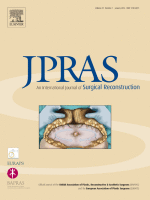 Augmentation mammaplasty is one of the most common surgical procedures performed by plastic surgeons. The aim of this study was to estimate the cost of the initial procedure and its subsequent complications, as well as project the cost of Food and Drug Administration (FDA)-recommended surveillance imaging.
Augmentation mammaplasty is one of the most common surgical procedures performed by plastic surgeons. The aim of this study was to estimate the cost of the initial procedure and its subsequent complications, as well as project the cost of Food and Drug Administration (FDA)-recommended surveillance imaging.
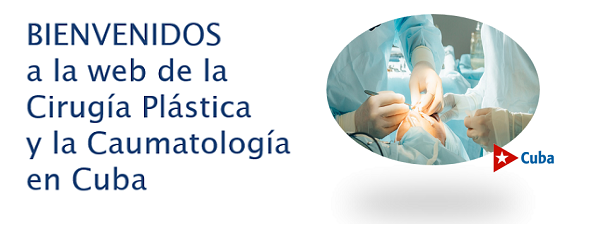
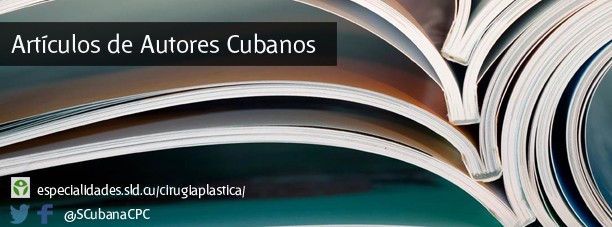
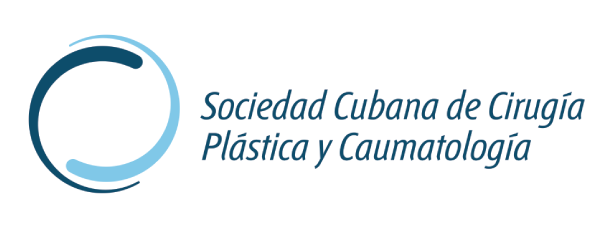

 Sitio web publicado el
Sitio web publicado el
Los lectores comentan